Cologne Cathedral: A Masterpiece of Gothic Architecture
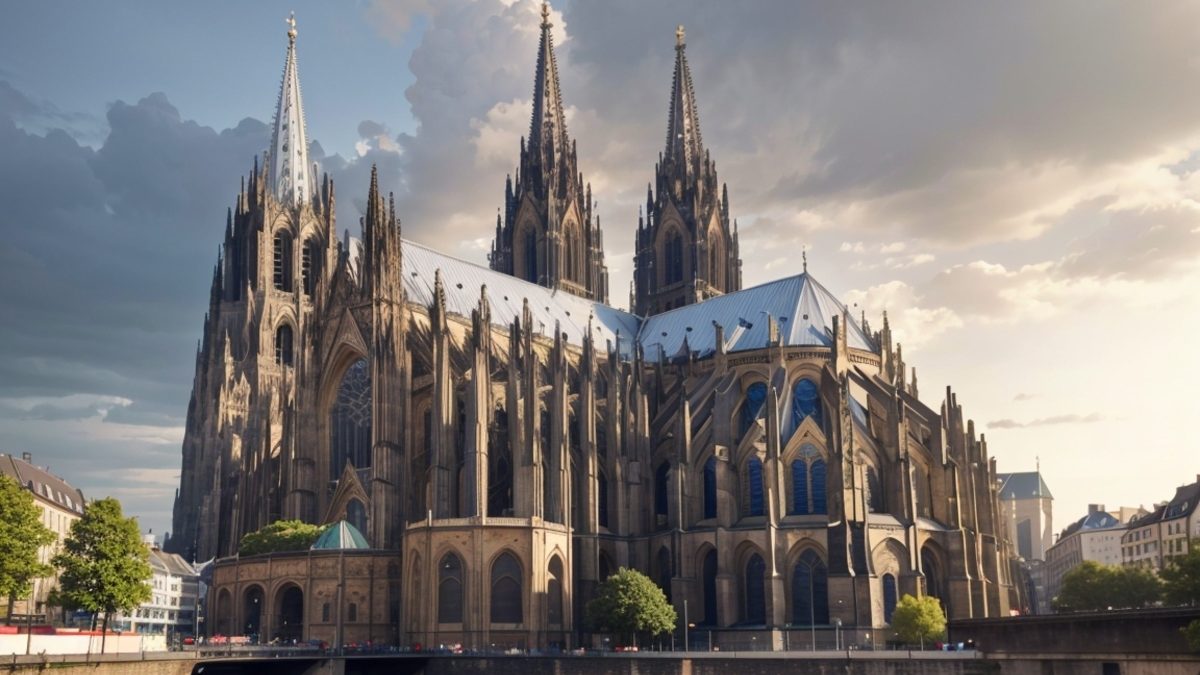
Cologne Cathedral: A Masterpiece of Gothic Architecture
Cologne Cathedral (Kölner Dom), standing tall in the heart of Cologne, Germany, is one of the most iconic and awe-inspiring structures in the world. This UNESCO World Heritage Site is not only an architectural marvel but also a symbol of the enduring spirit and cultural heritage of Cologne. With its twin spires reaching skyward, the cathedral attracts millions of visitors annually. This comprehensive article delves into the history, architectural significance, cultural impact, and tourist appeal of Cologne Cathedral, providing a detailed guide for anyone interested in this magnificent landmark.
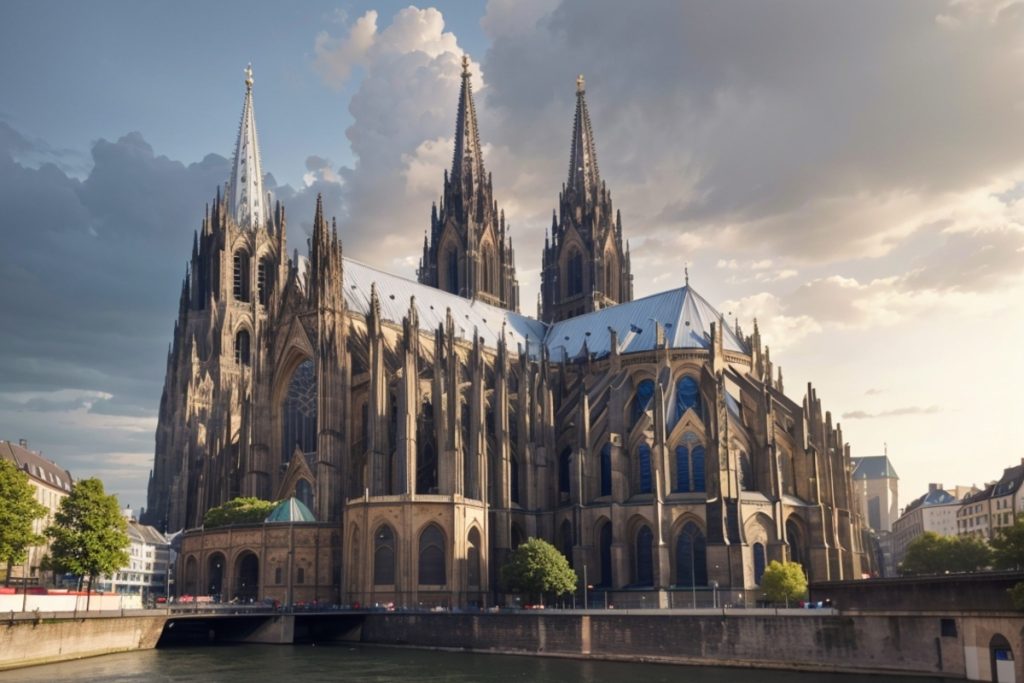
Historical Background of Cologne Cathedral
Origins and Early History: The site of Cologne Cathedral has been a place of Christian worship since the 4th century. The current Gothic cathedral was preceded by several earlier churches. The construction of the present cathedral began in 1248, prompted by the need to house the relics of the Three Kings, which had been brought to Cologne from Milan in 1164 by Archbishop Rainald of Dassel. These relics made Cologne an important pilgrimage site, necessitating a grand cathedral to accommodate the influx of pilgrims.
Construction and Challenges: The construction of Cologne Cathedral was a massive undertaking that spanned several centuries. The foundation stone was laid on August 15, 1248, and the choir was consecrated in 1322. However, work on the cathedral stalled in the mid-16th century due to a lack of funds and changing architectural tastes. For over 300 years, the unfinished cathedral stood as a reminder of the city’s ambitious but incomplete dream.
19th Century Revival: The resurgence of interest in Gothic architecture during the 19th century led to renewed efforts to complete the cathedral. In 1842, King Friedrich Wilhelm IV of Prussia laid the cornerstone for the resumption of construction. Architects Ernst Friedrich Zwirner and Richard Voigtel oversaw the project, adhering closely to the original medieval plans. Cologne Cathedral was finally completed in 1880, over 600 years after construction began, and was inaugurated in a grand ceremony attended by Emperor Wilhelm I.
Architectural Marvels of Cologne Cathedral
Exterior Design: Cologne Cathedral is renowned for its striking Gothic architecture, characterized by pointed arches, ribbed vaults, and flying buttresses. The cathedral’s exterior is adorned with an array of sculptures, including gargoyles, saints, and biblical figures, which add to its grandeur and complexity.
- Twin Spires: The cathedral’s twin spires, each standing at 157 meters (515 feet), are among the tallest in the world. These spires are a defining feature of the Cologne skyline and a testament to the architectural ambition of the builders. Climbing the 533 steps to the top of one of the spires offers a breathtaking view of Cologne and the surrounding area.
- Facade: The west facade of the cathedral is particularly impressive, featuring intricate stonework and a large central portal flanked by two smaller doors. The facade is adorned with statues of apostles, prophets, and other biblical figures, reflecting the cathedral’s religious significance.
Interior Design: The interior of Cologne Cathedral is equally magnificent, with its soaring nave, intricate stained glass windows, and numerous chapels. The design of the interior creates a sense of verticality and light, drawing the eyes upward toward the heavens.
- Nave and Choir: The nave of the cathedral is one of the tallest in the world, measuring 43.35 meters (142 feet) in height. The choir, which was completed in the 14th century, is renowned for its beautiful stained glass windows, depicting scenes from the Bible and the lives of saints. The choir stalls, carved in the 14th century, are also a highlight.
- Stained Glass Windows: The cathedral is home to some of the most beautiful and historically significant stained glass windows in Europe. The medieval windows in the choir are particularly noteworthy, as are the modern windows designed by artist Gerhard Richter, which were installed in 2007. These windows create a kaleidoscope of color and light, enhancing the spiritual atmosphere of the cathedral.
- Shrine of the Three Kings: One of the most important relics housed in Cologne Cathedral is the Shrine of the Three Kings. This ornate gold reliquary, created by Nicholas of Verdun in the 13th century, is said to contain the bones of the Biblical Magi. The shrine is a masterpiece of medieval goldsmithing and a major draw for pilgrims.
- Chapels and Altars: Cologne Cathedral contains numerous chapels and altars, each with its own unique artwork and history. Notable among these is the Chapel of the Virgin Mary, which houses the miraculous image of the Virgin, and the Chapel of the Holy Sacrament, known for its beautiful altarpiece.
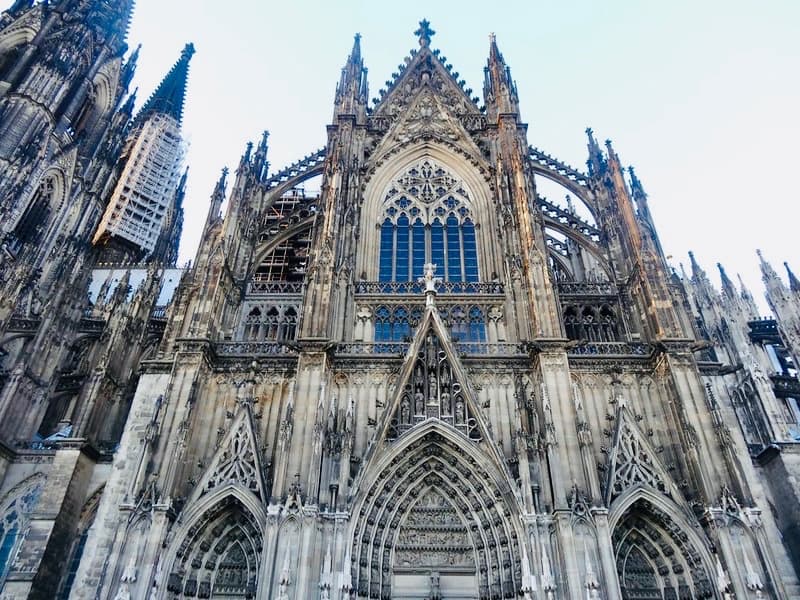
Cultural and Historical Significance
Religious Importance: Cologne Cathedral has been a central place of worship for the Catholic Church in Germany for centuries. It is the seat of the Archbishop of Cologne and plays a significant role in the religious life of the region. The cathedral’s relics, especially the Shrine of the Three Kings, have made it an important pilgrimage site.
Symbol of Resilience: The history of Cologne Cathedral is one of perseverance and resilience. Despite the interruptions and challenges faced during its construction, the cathedral was eventually completed and has stood the test of time. During World War II, the cathedral suffered 14 hits by aerial bombs but remained standing amidst the ruins of the city, symbolizing hope and endurance.
Architectural Influence: Cologne Cathedral is a masterpiece of Gothic architecture and has influenced the design of many other churches and buildings worldwide. Its intricate design, grand scale, and architectural innovations have made it a subject of study and admiration among architects and historians.
UNESCO World Heritage Site: In 1996, Cologne Cathedral was designated a UNESCO World Heritage Site, recognizing its outstanding universal value. The designation highlights the cathedral’s significance as a cultural and architectural landmark and ensures its preservation for future generations.
Tourist Appeal of Cologne Cathedral
Cologne Cathedral is one of the most visited landmarks in Germany, attracting millions of tourists each year. Its historical significance, architectural beauty, and cultural impact make it a must-visit destination. Here are some key reasons why Cologne Cathedral is a top tourist attraction:
Architectural Grandeur: The sheer scale and intricate details of Cologne Cathedral make it an architectural marvel. Visitors are often struck by the cathedral’s imposing presence and the craftsmanship evident in every aspect of its design.
Stunning Views: Climbing the cathedral’s south tower provides visitors with a breathtaking view of Cologne and the Rhine River. The climb is challenging but rewarding, offering a unique perspective of the city and its surroundings.
Cultural Experience: Visiting Cologne Cathedral provides a deep dive into the religious, cultural, and historical heritage of Cologne. Guided tours are available, offering detailed insights into the cathedral’s history, architecture, and significance.
Pilgrimage Site: For many visitors, Cologne Cathedral is not just a tourist attraction but a place of spiritual significance. The Shrine of the Three Kings continues to draw pilgrims from around the world, and the cathedral remains a vibrant center of worship.
Events and Concerts: Cologne Cathedral hosts various religious ceremonies, cultural events, and concerts throughout the year. The cathedral’s acoustics and atmosphere make it a perfect venue for choral and classical music performances, adding to its cultural appeal.
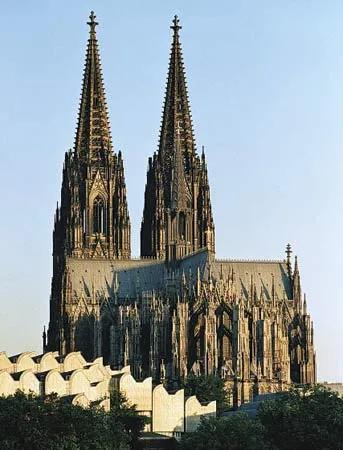
Practical Tips for Visiting Cologne Cathedral
To make the most of your visit to Cologne Cathedral, consider the following practical tips:
Plan Ahead: Cologne Cathedral is open to visitors every day, but it’s essential to check the opening hours, which can vary depending on religious services and events. It’s advisable to visit early in the morning or late in the afternoon to avoid the crowds.
Guided Tours: Joining a guided tour can enhance your experience by providing detailed information about the cathedral’s history, architecture, and artwork. Tours are available in multiple languages and can be booked in advance.
Dress Appropriately: As Cologne Cathedral is a place of worship, visitors are expected to dress respectfully. Modest clothing that covers shoulders and knees is recommended, especially if you plan to attend a religious service.
Climbing the Tower: If you plan to climb the south tower, be prepared for a strenuous ascent of 533 steps. Wear comfortable shoes and take your time to enjoy the view from the top. Note that the tower may be closed in adverse weather conditions.
Photography: Photography is allowed inside the cathedral, but the use of tripods and flash is typically prohibited. Be mindful of other visitors and maintain a respectful demeanor while taking photos.
Nearby Attractions: Cologne Cathedral is centrally located, making it easy to explore other attractions in the area. The Roman-Germanic Museum, Ludwig Museum, and the vibrant shopping streets of Cologne are all within walking distance.
Unique Features and Charming Aspects of Cologne Cathedral
Cologne Cathedral’s charm lies in its blend of historical significance, architectural beauty, and cultural depth. Several aspects make the cathedral a unique and captivating destination:
Gothic Masterpiece: Cologne Cathedral is one of the finest examples of Gothic architecture in the world. Its soaring spires, intricate stone carvings, and stunning stained glass windows embody the grandeur and spiritual aspiration of the Gothic style.
Historical Layers: The cathedral’s long construction period and historical layers offer a fascinating glimpse into the evolution of architectural styles and techniques. Visitors can see the influence of different periods in the cathedral’s design, from medieval craftsmanship to 19th-century restoration efforts.
Spiritual Atmosphere: Despite being a major tourist attraction, Cologne Cathedral retains its spiritual atmosphere. The quiet chapels, flickering candles, and solemn beauty of the interior create a sense of reverence and tranquility.
Cultural Significance: Cologne Cathedral is more than just a religious building; it is a cultural icon that represents the resilience and
creativity of the people of Cologne. Its role in the city’s history and its continued importance in cultural and religious life make it a living monument.
Stained Glass Windows: The cathedral’s stained glass windows are a highlight for many visitors. The medieval windows tell biblical stories with vivid imagery, while the modern windows by Gerhard Richter add a contemporary touch to the ancient structure.
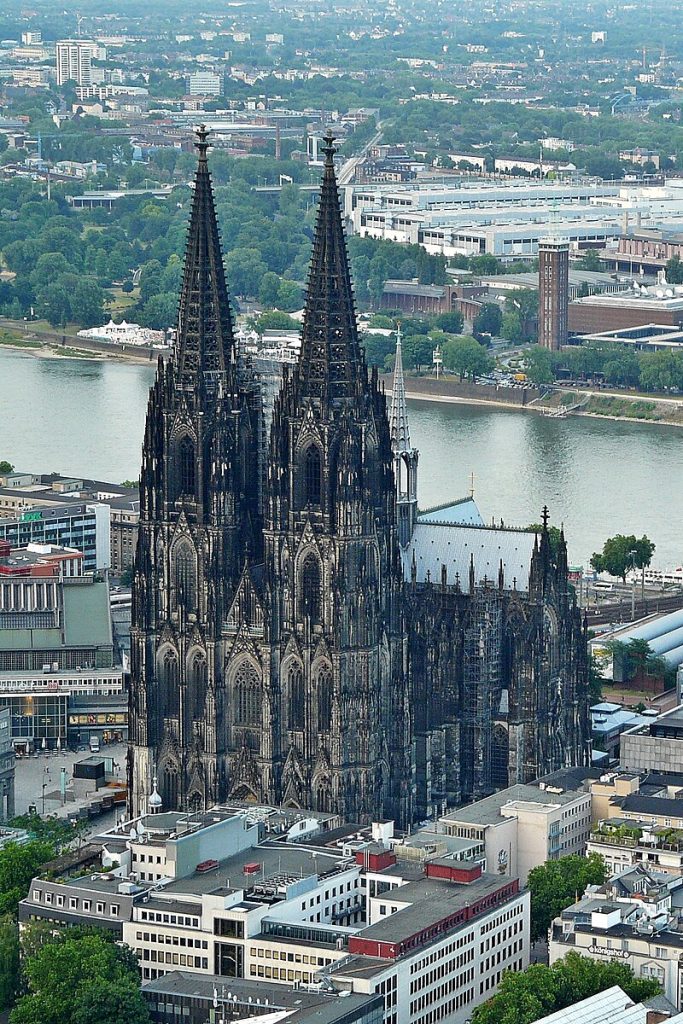
Conclusion
Cologne Cathedral is a testament to human creativity, resilience, and spiritual aspiration. Its towering spires, intricate architecture, and rich history make it one of the most remarkable landmarks in Germany and the world. From its origins as a medieval pilgrimage site to its role as a symbol of resilience during World War II, the cathedral has been a central part of Cologne’s cultural and religious heritage.
As a must-visit destination, Cologne Cathedral offers a wealth of experiences for visitors. Whether you are exploring its architectural marvels, learning about its historical significance, or simply soaking in the spiritual atmosphere, the cathedral provides a deep connection to the past and a glimpse into the enduring beauty of Gothic art.
Plan your visit to Cologne Cathedral, embrace its historical and cultural significance, and discover why it remains one of the most beloved and awe-inspiring landmarks in the world. From its grand facade and soaring spires to its serene interior and stunning views, Cologne Cathedral invites you to experience the magic and majesty of this Gothic masterpiece.
thecoins24 Bitcoin News Cryptocurrency airdrop theforex24 Forex News Aypa Group Aypa Website developer Aypa SEO
italyeducation تحصیل در ایتالیا تحصیل رایگان در ایتالیا پذیرش تحصیلی در ایتالیا دانشگاه های ایتالیا بورسیه تحصیلی ایتالیا Aypa Digital Marketing Forex Calculator

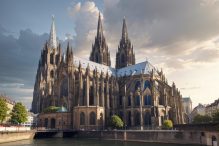



1 Comment
[…] Cologne Cathedral (Kölner Dom) […]